Following up my very positive (and positively received) run-down of things I love here in Shanghai, I best give an insight into the other side of the equation. Call it a balanced commentary.
Now, I don’t want to come across too whiny. And I don’t want to delve into some of the very serious and troubling social and economic issues that are occurring here currently. So, this post is more about the simple, yet annoying, everyday things that make life that little bit less enjoyable.

My inability to speak the language
Firstly, I have to admit that one of the most annoying things is entirely my fault. I cannot speak Chinese. One of the first phrases I learnt was “wo ting bu dong” (I don’t understand), and unfortunately, it is still my most commonly used. We have a great teacher, but we are terrible students.
I imagine my experience of living here would be measurably better if I could read newspapers and billboards, understand clients and order more complicated meals.

The agressive-passive escalator technique
Every morning, as I alight from the Metro, I get to experience this one. I would guess that up to 100 people leave the train at my station, and each and every of them is always in a huge rush to get to the escalator. This results in much pushing and shoving, elbow-jabbing and toe-stomping. Similarly on planes, within seconds of landing (and sometimes seconds before landing), people are unbuckling their seats and trying to get to the exit.
I can understand the desire to get a head start on the crowd. But then, as soon as people get on the actual escalator, they become incredibly polite and passive. If someone is blocking the left side (ie the “walk” zone), people are always too polite to ask them to stand aside. They just stand behind them. getting stressed and breathing heavily.
Seems that bad behaviour in crowds is perfectly OK – just don’t try a bit of one-on-one spatial negotiation.

Di gou you
Last year, the phenomenon of “di gou you” gobbled up countless columns of newspaper space and many hours of discussion time. It was found that around 10% of the oil used in Shanghai’s restaurants could be classified as “gutter oil”. This is sourced from stormwater and sewage channels, by skimming and filtering the top layer of water. This is the kind of recycling that I don’t think is so good.
The thought of eating a food product made partially from someone else’s poo certainly removes some of the joy of eating. Like most people, I am now highly suspicious of any restaurant or cafe that appears to be flexible with its hygiene practices. This has curbed my enthusiasm for trying new (and possibly risky) things, and driven me into the arms of international food chains (Starbucks! KFC!). It feels wrong.

Sneaky meat
For vegetarians anywhere, this can be an issue. But, it seems that the concept of “no meat” is quite relaxed here. Typical exchange follows. (I must admit: Item One, my lack of language skills, can complicate things…)
“Can I please have the vegetarian noodles?” (me)
“OK” (waiter)
“I am vegetarian. So, I want no meat”
“OK”
“So, that dish has no meat, is that right?”
“Yes, no meat”
(later, after delivery of food)
“This dish has meat in it”
“Yes, but only a little”
“But, I asked for no meat”
(silence)
“Please bring me another with no meat”
“It’s OK, I will pick it out for you” (picks up chopsticks)
“No, please make me a new one, with no meat”
“OK”
(later, after re-delivery of food)
“Hmmmm… this is just the same dish, isn’t it?”
“No”
“But, it is. When you picked out the meat, you missed some”
(silence)

Doggy do-do
Living the French Concession, I get to enjoy good coffee, cute furniture shops and bakeries. But, I also get to enjoy seeing small dogs crapping all over the footpaths. This is one part of French culture that didn’t need to be imported.

The terrible driving
It’s the lack of seatbelts and the stop-start accelerating and the nodding-off-behind-the-wheel and the not-gonna-let-you-in-attitude and hectic overtaking and the frequent unmarked roadworks and random scooters and unenforced speed limits and constant horn-blasting and the non-existence of baby capsules and the substandard roads and that’s all enough to make any road trip totally terrifying. If you think about it, that is. The best defence is to sit back and remember that when your time is up, it’s up.

The long winter, the long summer
Yeah, I know the picture above looks romantic. But after 3-4 months of around-zero temperatures, it’s a bit wearing. Same said for 3-4 months of unbearably humid summertime. It doesn’t leave much space for autumn or spring.

The People Upstairs
Today’s Schedule
5:00am: wake up
5:05am: push heavy furniture around on timber floor
5:10am: commence daily exercise routine (clomping on floor)
6:00am: turn up radio and television, both at full volume
7:00am: start piano practice (play same song over and over and over)
8:00am: fry something stinky with front door open
2:00pm: afternoon nap
2:10pm: wake from afternoon nap to complain to downstairs neighbours about their incredibly loud ceiling fan
8:00pm: play loud music and shout at each other
11:00pm: become disturbed by noise of an air-conditioner somewhere
11:05pm: use shoe to bang on floor
11:10pm: storm downstairs, accuse neighbours on making noise (ignore their explanation that it is coming from the shop downstairs, not their apartment)
11:15pm: argue with neighbours until they force you out of their apartment

Pollution
One time, I went jogging and it was very polluted. I spent the whole of the next day with a splitting headache. Supposedly, on that day, Shanghai had the highest pollution level of any city in China.
Lost Heaven
I didn’t really want to highlight individual bad experiences, but the timing of this one was just right. Last week, Mr IE and I were on our way to dinner, discussing potential material for this post. We were planning to try the local branch of Lost Heaven, a good Yunnan food place, having visited its city location lots of times with visitors and locals. Our booked table wasn’t ready, so after politely waiting for 30 minutes, I asked what was happening. The front desk girls (who I guess may be a little too proud of their incredibly prestigious jobs) then treated me, through fake smiles, to a barrage of condescending and pointless comments, telling me that I was “too impatient”, didn’t trust them and that I was being “unprofessional”. For the first time ever in this situation, I totally lost my temper, told them we would never eat there again and I’d be sure to tell everyone I knew about how bad their restaurant is (OK, I may have been over-reacting, but I was quite hungry by this point!)
Anyway, my word is good. I won’t ever go back. And this is my best way to spread the word.




























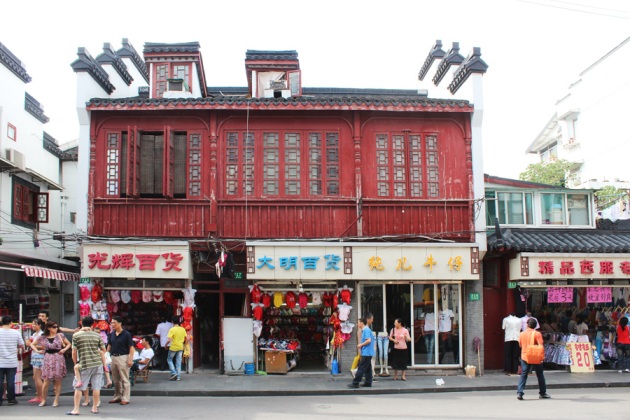




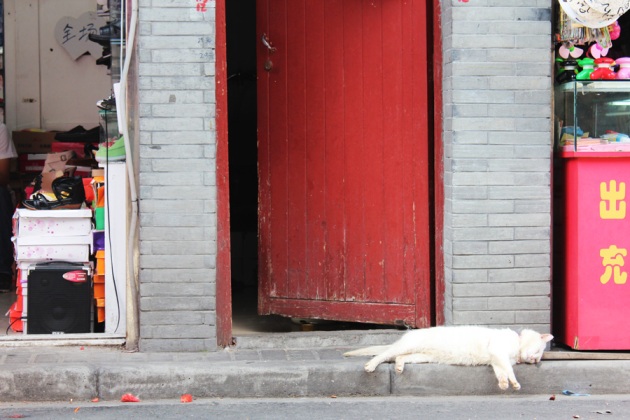
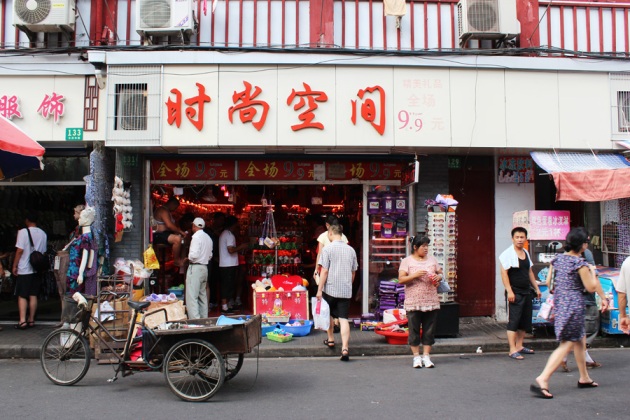






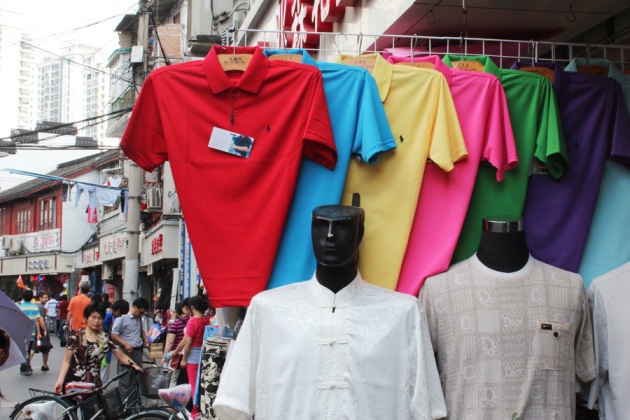


















































































































































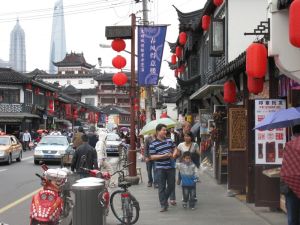

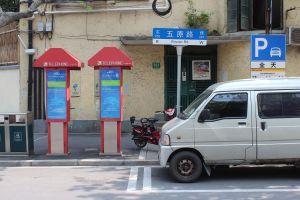

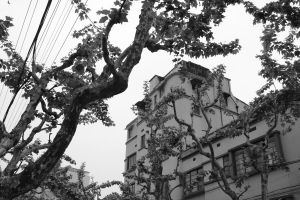































































































































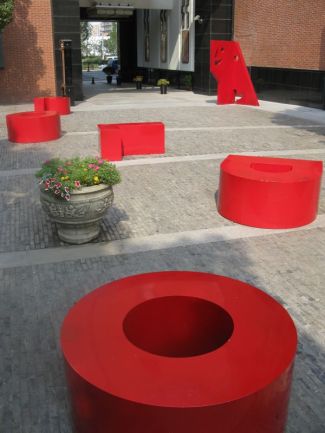


















































































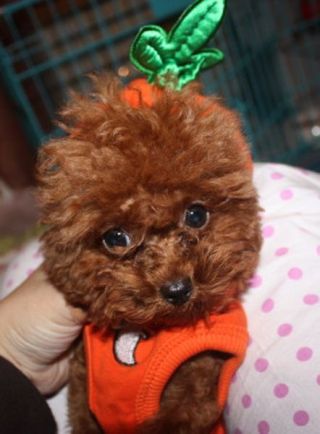

































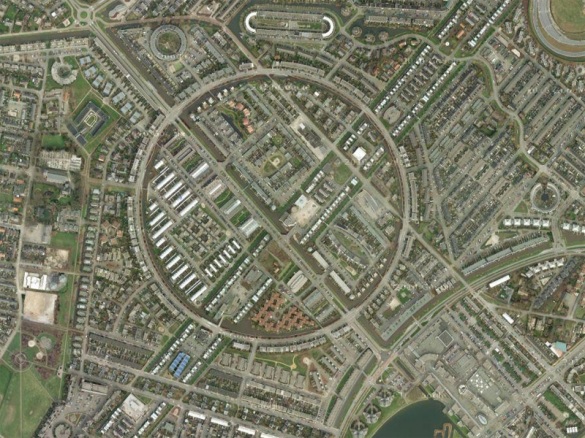
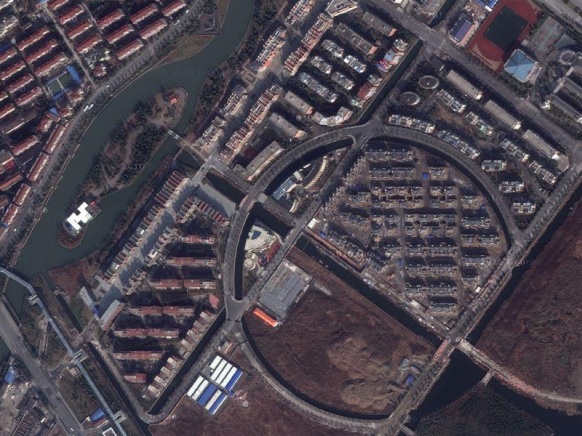

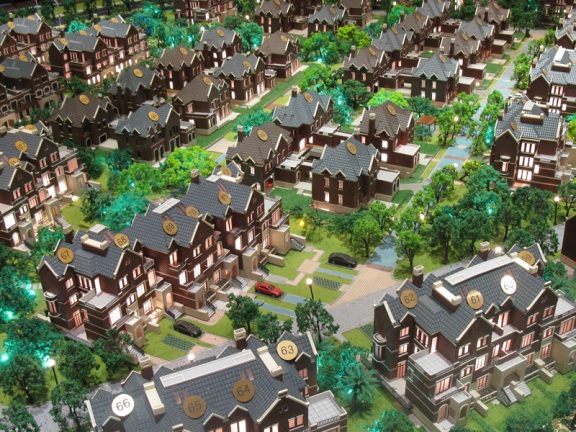
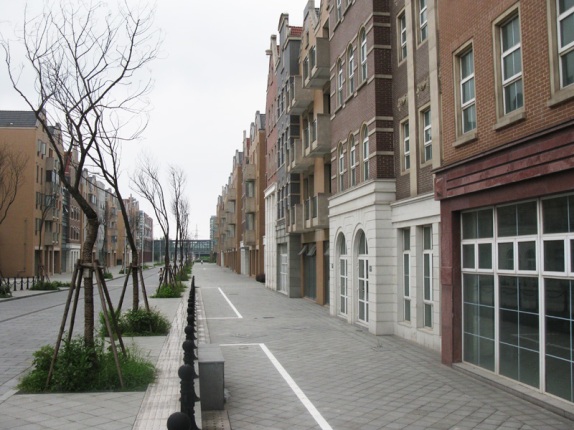


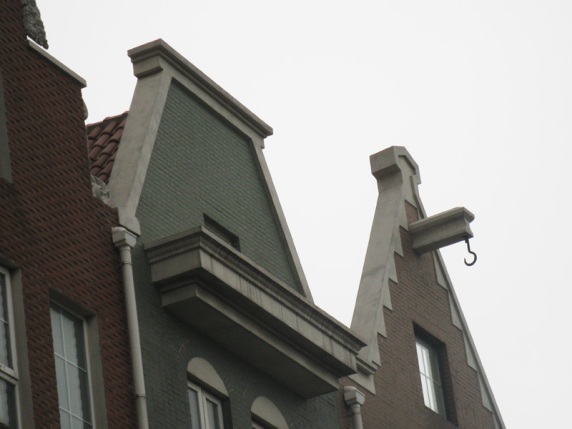

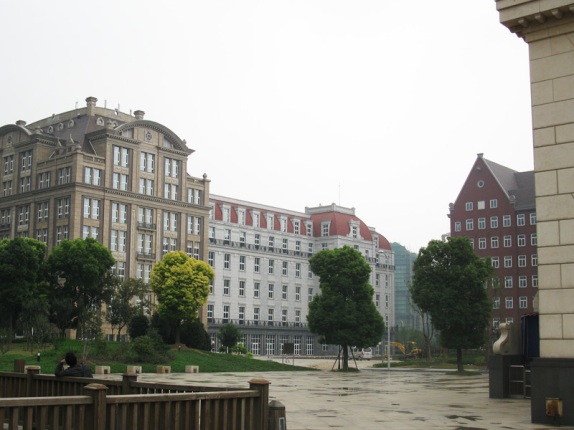













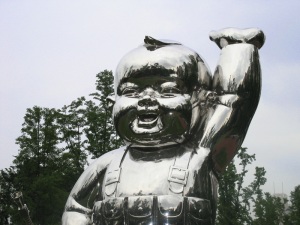

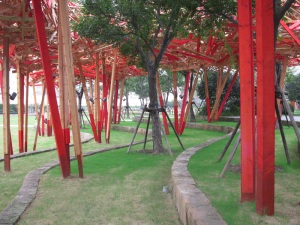
























































































RECENT COMMENTS …